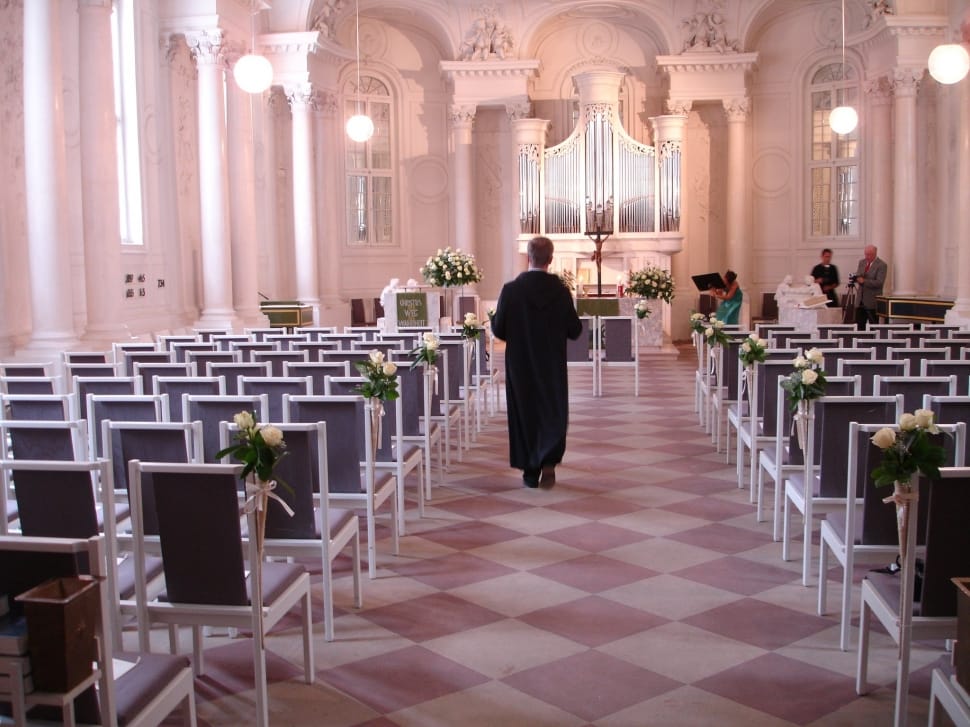
One can wonder: “What is cassock?” The answer isn’t as obvious as it might appear. It isn’t merely a piece of clothing; it is a representation of tradition, spirituality, and identity within various religious contexts.
In this article, we delve into the deep-rooted significance of the cassock– meaning, usage, and the individuals who wear it.
Unveiling the Cassock
A Traditional Garment with Modern Relevance
The cassock, a long robe-like vestment, has been a staple in ecclesiastical circles for centuries. Its origins can be traced back to medieval Europe, where it was adopted as a distinctive garment for clergy members. Over time, the design and style of the cassock have evolved, but its essence remains the same. Today, the cassock serves as a unifying symbol across various Christian denominations and religious orders.
The Cassock’s Profound Symbolism
A Visual Representation of Spiritual Commitment
The cassock is more than just a sartorial choice; it’s a statement of dedication to one’s faith and calling. When a clergy member dons a cassock, they are not only expressing their commitment to their religious duties, but also embracing a visible symbol of humility and servitude. The sombre hues of the cassock often signify detachment from materialism and a focus on spiritual pursuits.
Cassock and Surplice: A Divine Combination
In many religious practices, the cassock is worn in combination with another essential vestment called the surplice. The surplice, a white flowing tunic-like garment, is often worn over the cassock. This pairing, prevalent in Anglican, Catholic, and Orthodox traditions, creates a harmonious blend of colours and textures that carry significant spiritual connotations. The cassock and surplice are equally vital for the tradition and symbolism of this piece of garment
Who Wears the Cassock?
The question “Who wears a cassock?” is multifaceted. Primarily worn by clergy members, including priests, deacons, and seminarians, the cassock distinguishes them from the laity. Its role isn’t merely ornamental; it serves practical purposes as well. The cassock’s loose-fitting design facilitates ease of movement during religious rituals and ceremonies. Additionally, different religious orders may have distinct variations of the cassock, which further highlights the wearer’s affiliation and position within the hierarchy.
Cassock Beyond Christianity
While the cassock is most commonly associated with Christianity, similar garments are found in other faiths as well. For instance, in certain branches of Judaism, the kittel – a white ceremonial robe—is worn during special occasions, drawing parallels to the cassock’s role in Christian practices. This demonstrates how attire can transcend religious boundaries while still carrying profound symbolism.
Cassocks in Ashington Gowns
We invite you to explore the range of Ashington Gowns shop, where you will find cassocks tailored for standard sacred purposes. Crafted in the classic Anglican manner using exclusively high-quality materials, our cassocks are meticulously fashioned to exude an aura of reverence and nobility, extending from the neckline to the very hem.
These garments are on hand in a selection of four distinct hues, catering to five varied sizes. Additionally, they feature frontal button fastenings at the hem, accompanied by an overlapping cleat at the back of the attire, all meticulously designed to guarantee an exceptional fit and unrivalled comfort for the wearer. A must-have for every cleric.